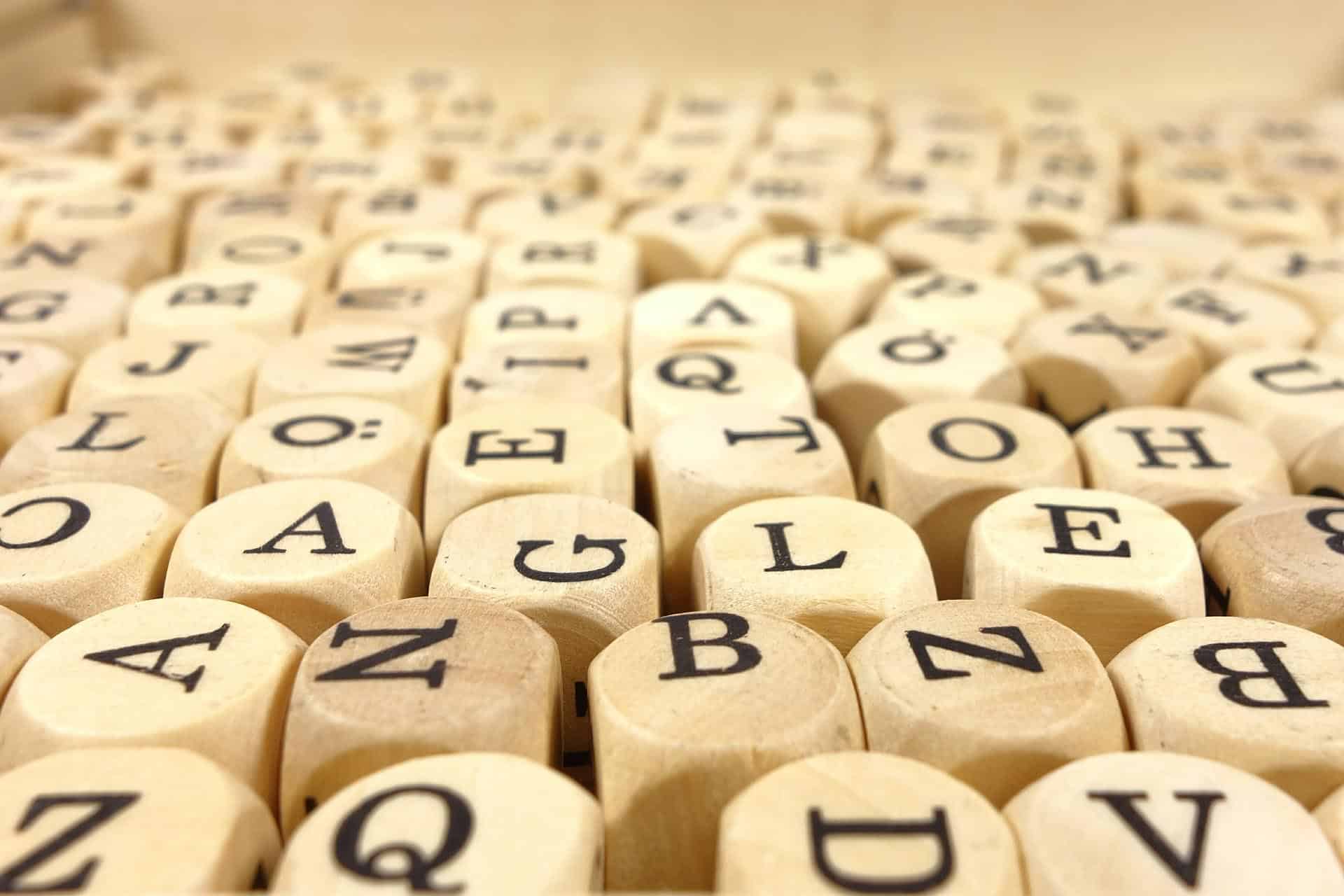By Simon Vincent, Senior Accountant at Hive Business.
As accountants, we’re used to throwing around all sorts of fancy terms when we talk about accounts and tax, but what do they actually mean?
Amortisation
You may be familiar with Depreciation (reducing the value of your assets as they are utilised by the business and become old). Well, amortisation is the same as this but applies when talking about Goodwill.
This is a relevant term because of changes announced recently that mean you may no longer be able to claim a tax deduction for this. This will essentially cost you 20% of the purchase price of your new practice (Ross wrote a blog on this recently). It’s not all bad news though as you will ultimately receive tax relief when the Goodwill is sold (via CGT).
Basic Rate/Higher Rate/Additional Rate
The rate at which you pay tax. They depend on the total value of your income and the type of income being taxed. There are currently several rates in force, know as Basic, Higher rate tax or possibly even Additional Rate if you haven’t kept an eye on your tax planning:
| General Income | Dividends | |
| Basic Rate | 30%* | 7.5% |
| Higher Rate | 40% | 32.5% |
| Additional Rate | 45% | 38.1% |
*Not really! Basic rate is actually 20%, but most ‘general income’ at the basic rate attracts National Insurance of either 9% or 12%. When generalising, we think of Basic Rate tax as being 30%.
Capital Allowances (CAs)
You may wonder why that nice new piece of equipment doesn’t appear in your Profit and Loss account. Are you not able to claim tax relief on this? The answer is that, yes, you can claim tax relief on this.
Rather than being an ‘expense’ in your accounts, relief for capital equipment is via Capital Allowances. In general, all equipment you buy will receive tax relief in the year you buy it. The rules get quite complex here though so it’s always worth contacting your accountant if you are planning any large expenditure.
You will see the CA calculation on the ‘Tax Calculation’ that we send you with your year-end accounts.
Capital Gains Tax (CGT)
If you’ve sold a property, goodwill or another type of asset that isn’t part of your business then this is probably subject to CGT.
CGT is an entirely separate area of tax from your normal income and has its own rates, rules and allowances. CGT is payable on the increase in value between the price you bought and sold the item for.
CGT has recently been reduced to 10% at Basic Rate and 20% for Higher Rate taxpayers (although the older rates of 18% and 28% still apply for the sale of residential property).
Planning on selling property or shares in the near future? Your accountant at Hive can help estimate your CGT liability and identify any savings that may be available.
Corporation Tax (CT)
This is tax paid by your company. CT is currently set at a rate of 20% but there are plans to gradually lower this over the next few years to 17%. George Osbourne, before he was let go, recently announced he would bring this down to 15%. Only time will tell of the new administration will enact this.
Note that CT is entirely separate from any personal tax liability that you may have, and is paid at a different time of year.
Director’s Loan Account (DLA)
This is the amount that the company owes to you as a director. This represents the amount of cash that you have personally introduced to your company. This often arises from you selling your sole-trade Goodwill to your company when you incorporated, although recent legislative changes make this less common now.
Funds in the DLA can be withdrawn from the company tax free. Sometimes your DLA may end up overdrawn which means that you owe money back to the company and will need to either pay into the company bank account, or suffer tax on the overdrawn balance. Often this is done with a dividend although this is not always possible.
If your DLA is running out, contact us to discuss our range of options for restoring its’ value or alternative tax-efficient methods.
Entrepreneurs Relief (ER)
Things are starting to get more complicated now… ER is a CGT relief that applies when an individual sells business assets (e.g. commercial property).
This reduces CGT to a 10% rate which is extremely attractive if you are a higher rate tax payer who would otherwise pay 20%.
Inheritance Tax (IHT)
The saddest of all taxes. IHT is payable on the net value of your estate when you pass away. This is subject to an extraordinary tax rate of 40% on top of all the taxes you incurred to build the wealth in the first place.
The first £325k is tax free (potentially increasing to £500k factoring in a recent complicated opportunity to claim against your house).
There are numerous strategies to protect against IHT. Why not see if we can help?
Trusts
A whole other world. Why not read this blog for more information.
If you’d like to find out about tax saving options or you need a dental specialist accountant, call us on 01872 300232 or email hello@hivebusiness.co.uk.








